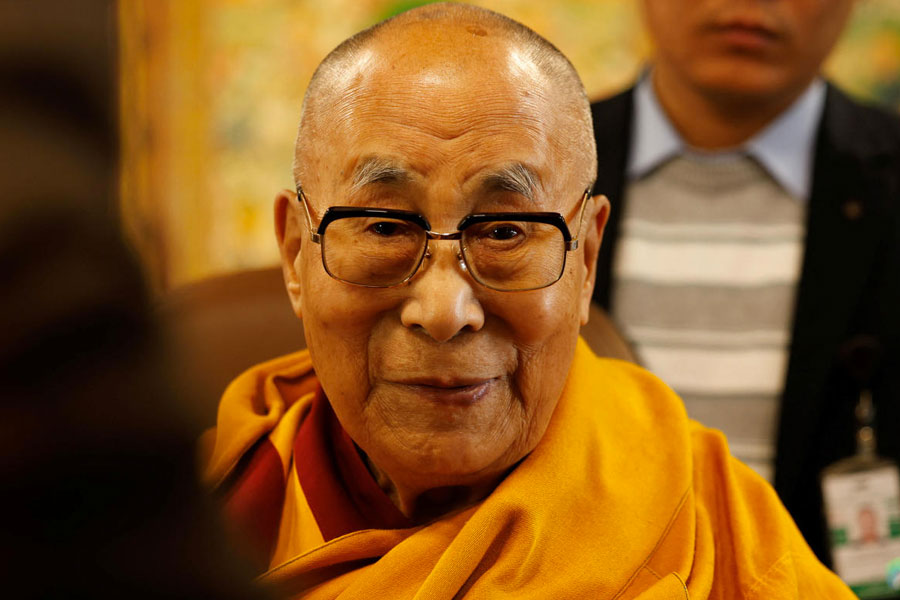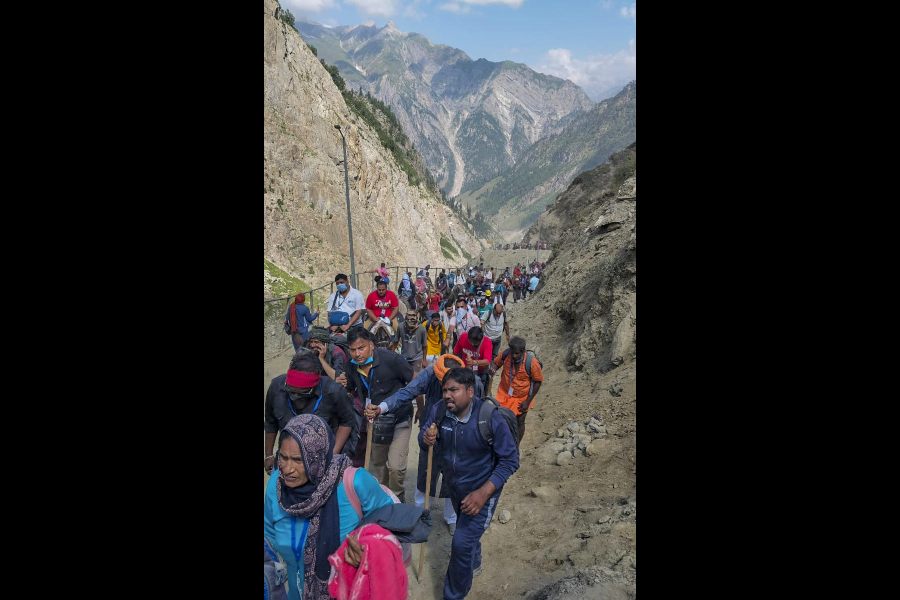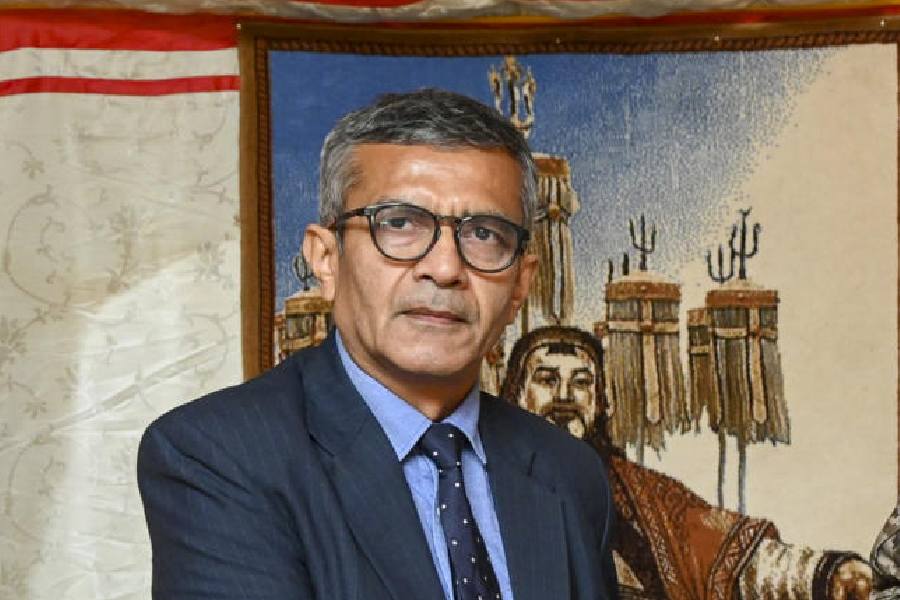NATION AT PLAY: A HISTORY OF SPORT IN INDIA By Ronojoy Sen, Viking, Rs 599

There is no doubting Ronojoy Sen's ambition. Few writers would undertake such a daunting project as a chronological representation of the history of sport in India. But the price that Sen has paid for his lofty goal is the absence of original ideas. Sport - a vast and diverse universe - has attracted considerable scholarship over the years. Sen mentions that the works of Kendall Blanchard and A.T. Cheska are particularly relevant to his research. Surprisingly, there is little mention of the contribution of Indian sports-writers and historians: perhaps they failed to inspire Sen. The name of Mukul Kesavan, incidentally, has been misspelt on two occasions ("Mukal"/ "Mikal").
Sen's account remains faithful to the historical narrative. But the first few chapters - those that recount the games that prevailed in antiquity and in colonial India - would fail to engage the serious reader because of his or her familiarity with the content. That wrestling, archery or polo dominated the sporting arena in pre-modern India would not surprise the discerning mind. The monotony of the opening chapters is broken - occasionally - by the quirky anecdotes that are the fruits of Sen's research. Thus, we come to know of the Mallapurana, the sacred text of the Jyesthimallas, a community of migrant, professional wrestlers, or of the fact that the Mughal emperor, Akbar, who was obsessed with polo, devised an ingenious method to play the game at night by setting the balls made of the wood of the Palas tree on fire. The element of novelty is sustained in some of the other examples which reveal that sport can be accommodative even in distinctly unequal times. Croquet, Sen writes, was popular among both men and women in the nineteenth century. Again, the English may have introduced cricket to India, but the conquerors also took to polo - a game that was popular in these parts.

While examining the culture of patronage in sport, Sen regales us with the antics of the royalty whose association with cricket often bordered on the absurd. Here is Sen citing H.T. Wickham's description of a cricket match that featured the Maharaja of Kashmir - "At three o'clock in the afternoon that Maharajah himself would come down to the ground, the band would play the Kashmir anthem, salaams were made and he then went off to a special tent where he sat for a time, smoking his long water pipe. At four thirty or thereabouts he decided he would bat. It didn't matter which side was batting, his own team or ours. He was padded by two attendants and gloved by two more, somebody carried his bat and he walked to the wicket looking very dignified, very small and with an enormous turban on his head... I happened to be bowling and my first ball hit his stumps, but the wicket-keeper... shouted "No Ball" and the match went on."
There is also the scrutiny of the role of the foot soldiers of the Empire - teachers, missionaries and administrators - in the dissemination of games and the values associated with them. This line of investigation is developed further in a subsequent chapter that talks about the the role of State enterprise and private companies in supporting sportsmen in Independent India.
Sen's exploration of the neglected aspects of India's sporting history is, however, compromised by the presentation of facts that are familiar to even those with a passing interest in the history of Indian sport. He mentions the Bombay Quadrangular, a tournament that is routinely cited to support the contention of sport mirroring communal fault lines in pre-Independent India. This section, like many others, can be skipped. But the segment that looks at the early - and illustrious - years of Calcutta's Mohammedan Sporting offers some compensation for the blandness. Not many Bengali readers can claim to know that Mohammedan Sporting, which, sadly, is no longer counted among India's top teams, pioneered such modern practices as encouraging players to wear boots on a wet turf and recruiting footballers from outside the state. Decades before the nation celebrated Bhaichung Bhutia's signing by an unremarkable English club, Mohammed Salim, Mohammedan Sporting's star striker, had earned international recognition when he turned up - twice - in Celtic colours.
Analysis is not Sen's forte. (His inference of India's dismal sporting achievements is consistent with the prevailing discourse.) But he does succeed in democratizing the idea of sport in India by presenting concise histories of the games that remain under-represented in the popular imagination. This is an important achievement, given the adulation and the patronage that cricket and its icons enjoy from benevolent sponsors, the fawning media and an unsuspecting people.
There are some instances that enliven an otherwise insipid reconstruction of the life and times of Indian sportsmen. Sen looks back at celebrated wrestlers - Gulam Mohammed (Gama), Jatindra Charan Guha (spelt differently on two occasions), Bhabani Charan Saha (Bhim Bhabani), among others - but not just to record their success. He casts a searching glance at the diffusion of the lines separating sport, commerce, entertainment, masculinity and nationalism. It is a pity that such a vision eludes Sen in most of the other passages.










